Crab Season in Maryland runs from April 1to to December 15th.
Catch me if you can !!!
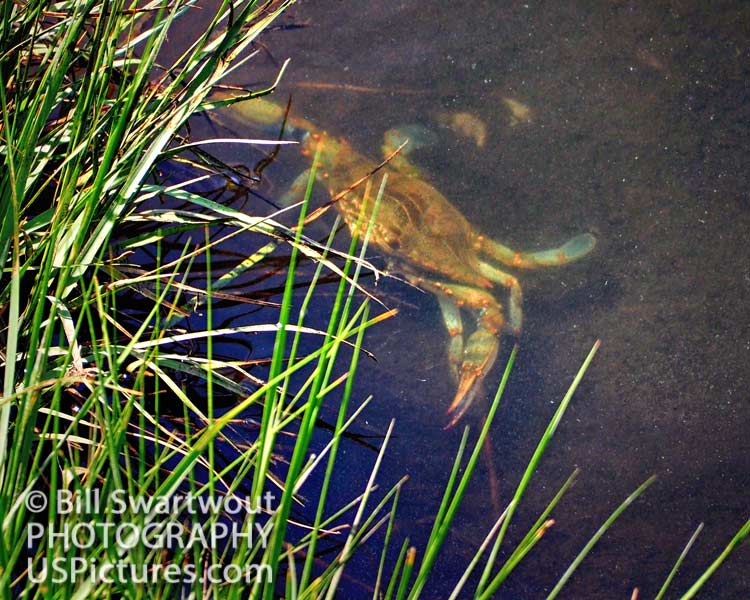
Chesapeake Bay Blue Crab lurking in a marsh at Assateague Island, Maryland.
Prints available: CLICK HERE
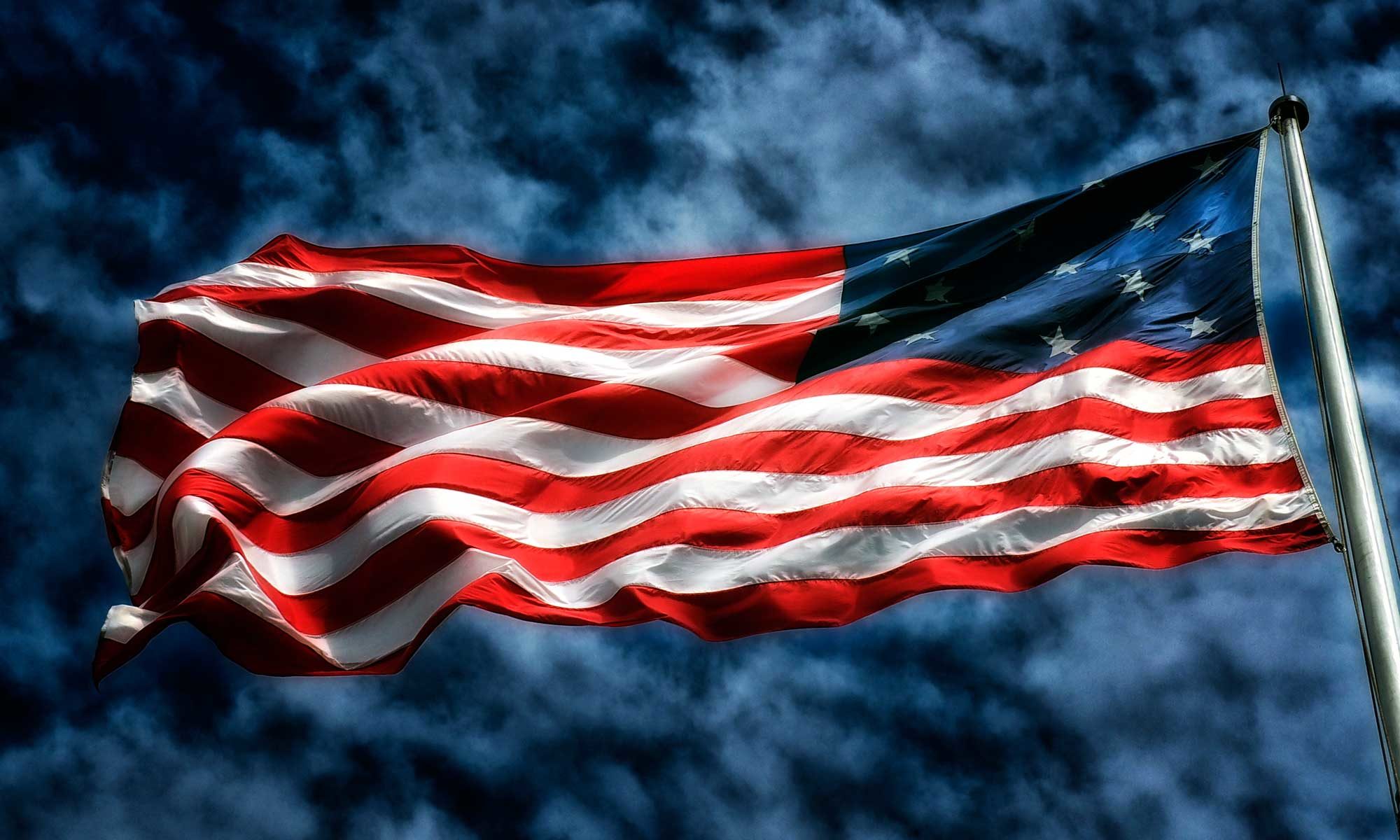
U.S. Pictures: Bill Swartwout Photography
United States Landscape & Seascape Pictures

Chesapeake Bay Blue Crab lurking in a marsh at Assateague Island, Maryland.
Prints available: CLICK HERE
A tragic ship collision caused the Key Bridge to collapse like a house of cards on March 26, 2024.
In the wee hours of a cold March morning, a large freighter, the Dali, lost power and steerage control and collided with a major support of the Francis Scott Key Bridge in Baltimore, Maryland. The collision occurred at 1:28 AM and caused the main supporting structure to fail and the bridge spans to, literally, fall apart.
Imagine the chaos that ensued when a massive freighter collided with the Francis Scott Key Bridge, causing sections to collapse into the Patapsco River below. The sheer force of impact from the container ship left onlookers stunned and authorities scrambling to respond to this unprecedented disaster. As emergency crews rushed to the scene, questions arose about how such a catastrophe could have occurred in one of the busiest waterways in Maryland. This disaster effectively closed the (very busy) Port of Baltimore for an indeterminant length of time.
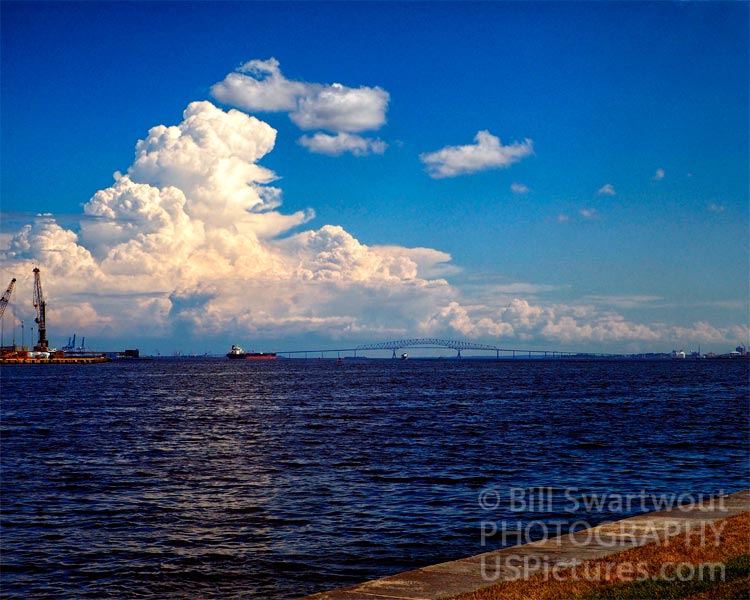
The Key Bridge was opened for use in 1977. This author can remember watching the construction process for the years before the opening. The full name is, of course, derived from the lawyer, Francis Scott Key, who penned the words to our National Anthem, the Star Spangled Banner.
The collapse of the Francis Scott Key Bridge in Baltimore sent shockwaves through the city as the iconic structure crumbled into the Patapsco River. The aftermath of the bridge collapse revealed a startling vulnerability in our infrastructure and raised concerns about the safety of maritime navigation through this vital transportation corridor at the state and national levels. Investigations underway and repair efforts are already being planned. One can’t help but wonder about the long-term implications of this incident on shipping traffic and regional economy. As we await updates on this developing story, it’s clear that lessons must be learned from this tragic event to prevent similar disasters in the future.
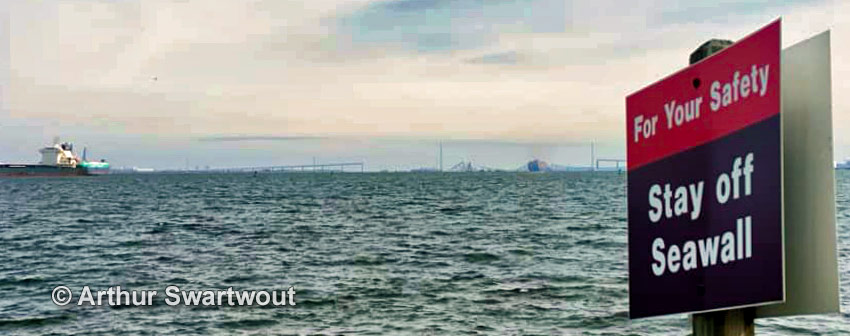
For many, this catastrophic event raised questions about infrastructure resilience and safety in a rapidly changing world. In moments like these, we are reminded that even our most trusted landmarks are vulnerable to unexpected challenges and that vigilance and care must be paramount in safeguarding our communities from potential disaster.
Visit www.FSKBridge.com for more photos of the Key Bridge as it used to be.
Over the river and through the woods to grandmother’s house we go in a make-believe train at the Tuckahoe State Park. The bridge has been out of service for many, many years but still stands over the Tuckahoe River along Route 404 in the center of the Delmarva Peninsula, the Eastern Shore of Maryland.
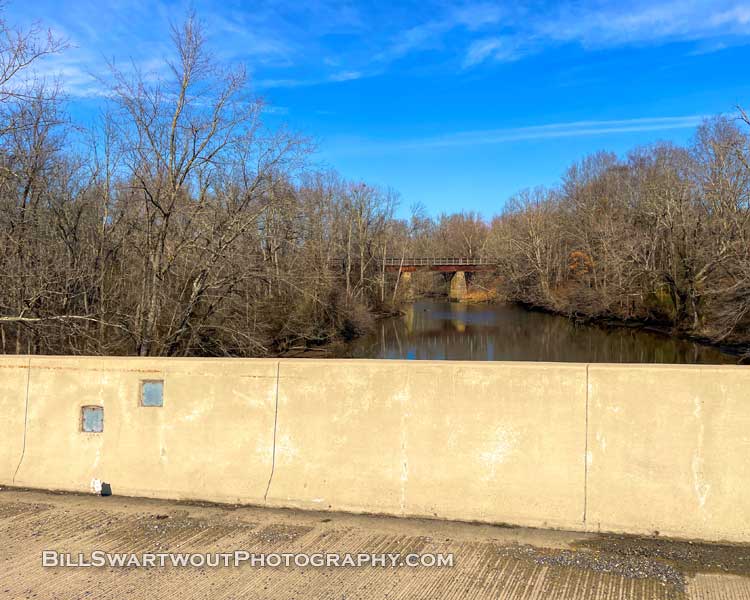
The Tuckahoe River Railroad Bridge in Queen Anne, MD is a beautiful and important landmark that has been part of the community for over 100 years. Located near the intersection of Route 404 and Route 50, this bridge is an integral part of the local history. Built in 1909, the Tuckahoe River Railroad Bridge stands as a testament to the engineering genius of its creators. Tucked away in the woods and now partially overgrown, this bridge is quite hard to find. It was originally built by the Pennsylvania Railroad and is a one-lane concrete and steel structure that spans the Tuckahoe River. Its overall length is over 100 feet and it stands 26 feet tall. The bridge is located at the southern border of the Tuckahoe River State Park and is “briefly” visible to vehicles passing by on Maryland Route 404 near Queen Anne, Maryland.
“Tuckahoe State Park is a public recreation area located along Tuckahoe Creek in Caroline and Queen Anne’s counties on the Eastern Shore of Maryland, United States. Adkins Arboretum, a garden and preserve maintaining over 600 native plant species, occupies 500 acres of the park.” (from :Wikipedia)
The above photograph was taken in 2014 and has been a popular image of Bill Swartwout Photography’s online gallery. So, of course prints are available along with a variety of home decor items.
Link to: Tuckahoe River Railroad Bridge in the Fall
Link to: other images of the Tuckahoe River Bridge
Link to: Bill Swartwout Photography Gallery.
Link to: Railroad Bridge at Tuckahoe State Park (below)
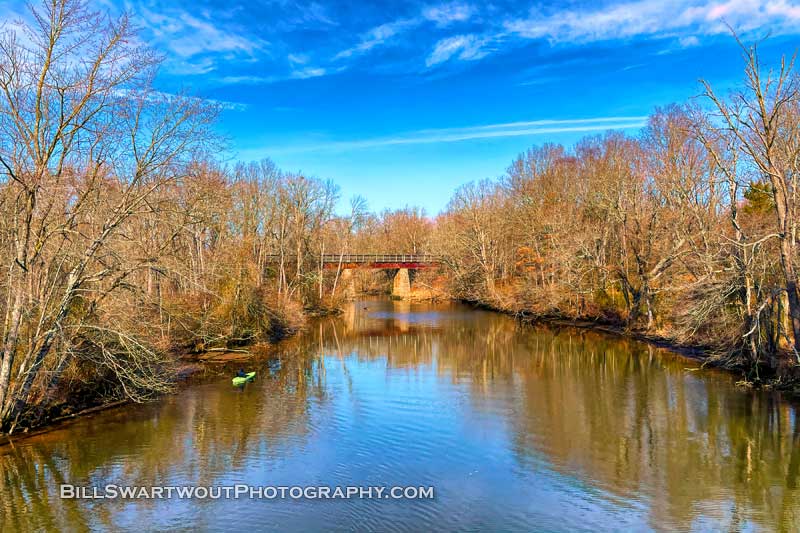
Created with Photographs by Bill Swartwout Photography
October, November and December are the months for calendars – plan for 2023. #ShopEarly #BuyIntoArt
Assateague Ponies, Ocean City, Indian River Bridge and Fire Control Towers are what I have created from my photographs and offer for sale at the amazing “Zazzle.” Click the image or the link below the image to browse of shop…
Link to browse or shop: https://www.zazzle.com/mbr/238675969062853179?rf=238675969062853179